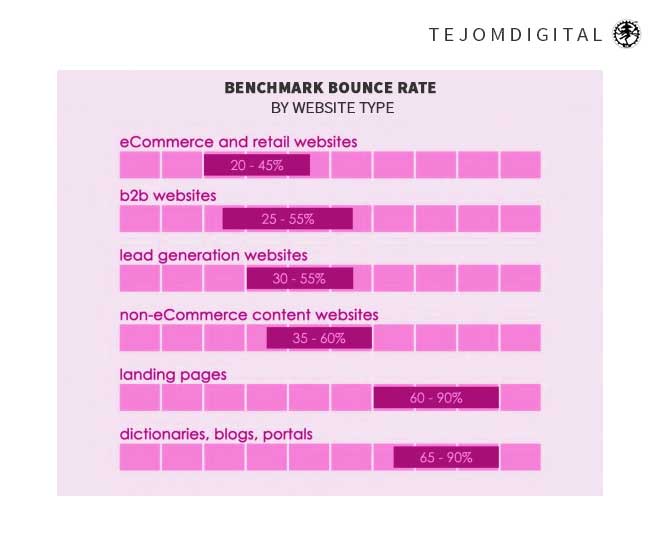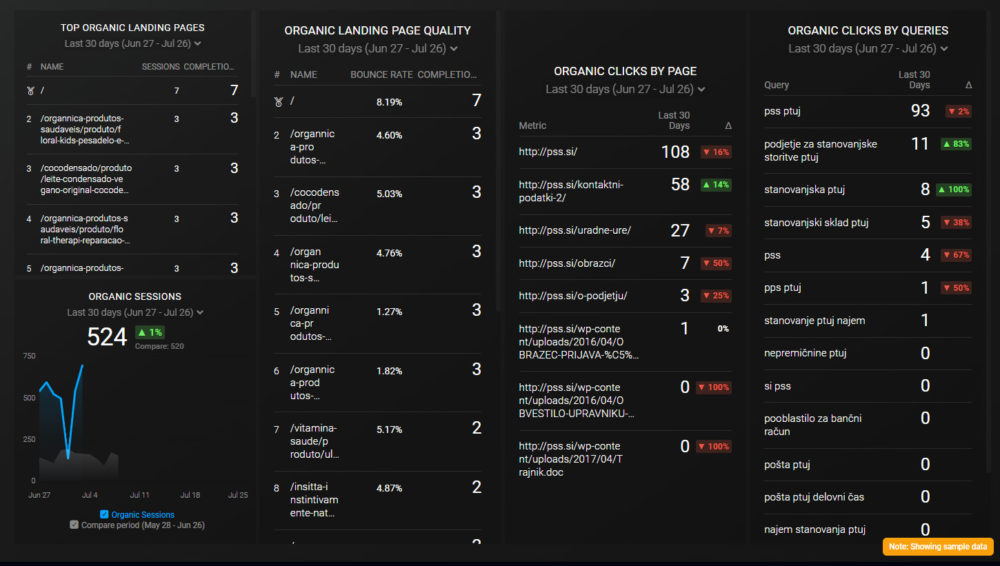If you want to understand the effectiveness of your digital marketing campaigns, it’s important to measure the return on investment (ROI) of both your paid and organic search efforts. Knowing how much revenue you generate from each channel is key to developing an effective strategy and allocating resources.
Define Your Goals
The first step to measuring the ROI of your paid and organic search campaigns is to define your goals. This step is essential as it will provide you with a benchmark against which to measure the success of your campaigns. Without clearly-defined goals, it can be difficult to know if your campaigns are performing well or not.
When setting your goals, consider the following questions:
• What is the desired outcome of the campaign?
• What actions do you want visitors to take?
• What metrics will you use to track the success of the campaign?
Once you have established your goals, you can use this information to create specific objectives for your campaigns. These objectives should be measurable, achievable and time-bound, allowing you to track the progress of your campaigns and make adjustments as needed.
For example, if one of your objectives is to increase website visits, set a target number of visits within a certain timeframe. This objective can then be broken down into smaller, more achievable goals such as increasing website visits by 5% in one month. This type of goal setting allows you to easily track and measure the success of your campaigns.
By setting clear and measurable goals before you launch your campaigns, you will have a better understanding of how well they are performing and be able to make any necessary adjustments along the way.
Set Up Tracking
Setting up tracking for your paid and organic search campaigns is one of the most important steps in measuring the ROI of your efforts. By tracking the activity generated by each campaign, you can get a clear picture of how successful it is and how to improve it.
When it comes to tracking your search campaigns, there are many different options available. It’s important to determine which one is right for your business and goals. Here are some of the most common methods used to track search campaigns:
1. Web analytics tools:
Using web analytics tools like Google Analytics or Adobe Analytics, you can track the performance of your organic and paid search campaigns. With these tools, you can measure key performance indicators (KPIs) such as clicks, conversions, visits, and more.
2. UTM parameters:
You can use UTM parameters to track the performance of your organic and paid search campaigns. UTM stands for “Urchin Traffic Monitor,” and these tags help you track which campaigns are sending traffic to your website. All you need to do is add a UTM parameter to the end of your URL and then view the resulting data in your analytics platform.
3. Search console:
Google Search Console is a great tool for tracking your organic search campaigns. You can use this tool to monitor how well your website is performing in search engine results pages (SERPs). This will give you an idea of how successful your SEO efforts are and whether or not you need to make any adjustments.
4. Call tracking:
If you’re running paid search campaigns that generate phone calls, then call tracking is a must. Call tracking software allows you to assign a unique phone number to each of your campaigns so that you can track which ones are generating the most calls.
By setting up tracking for your organic and paid search campaigns, you can start collecting the data you need to measure the ROI of your efforts. Having this data on hand will allow you to adjust your campaigns accordingly and maximize their effectiveness.
Analyze Your Data
Analyzing the data you collected from your paid and organic search campaigns is key to understanding how effective they are. You want to look at the impact of each campaign on different metrics, including impressions, clicks, visits, conversions, and return on investment (ROI).
When it comes to impressions, you want to know what percentage of those visitors actually clicked through to your site. This can give you insight into how successful your campaigns are at attracting interest.
For clicks, you want to track how many people are actually taking action after they click through to your site. This will tell you whether or not people are interested in what you have to offer and whether or not your campaigns are effective.
Visits are important as well, since these indicate how many people actually made it to your website after clicking on an ad or organic search result. If a high percentage of visitors make it all the way through to your site, this shows that your campaigns are effective in driving traffic.
Conversions are also essential to measure the effectiveness of your campaigns. You want to know what percentage of those who clicked on your ads or organic search results actually completed a desired action, such as signing up for a newsletter, making a purchase, or downloading a file.
Finally, you want to measure the return on investment (ROI) of each campaign. This involves looking at the total cost of running the campaign and the amount of revenue it generated for your business. This helps you understand which campaigns are most cost-effective in terms of generating leads and sales for your business.
By taking the time to analyze the data from your paid and organic search campaigns, you’ll gain valuable insights that can help you optimize and adjust your campaigns for better performance.
Adjust your Campaigns
Once you have collected data on the performance of your Paid and Organic Search Campaigns, you can adjust your campaigns to maximize their effectiveness. Here are some tips to help you adjust your campaigns and improve their ROI:
1. Test different messages: You can test different messaging variations in order to see which works best for your campaigns. Test different headline variations, call-to-action buttons, and other elements to see which resonates most with your target audience.
2. Adjust bids: If you are running a paid search campaign, make sure to adjust your bids in order to get the best possible ROI. Adjust the bids for each keyword depending on its performance and profitability.
3. Refine your target audience: Make sure to refine the target audience of your campaigns. Make sure that you are targeting the right people with your campaigns and that you are reaching out to those who are most likely to respond to your messages.
4. Analyze competitors: It is also important to analyze what your competitors are doing with their Paid and Organic Search Campaigns. Analyzing their strategies can give you insights into how to adjust your own campaigns to gain an edge over them.
5. Monitor analytics: Monitor the analytics of your campaigns on a regular basis in order to keep track of the progress they are making. This will help you identify areas where you need to make adjustments in order to improve the performance of your campaigns.
Top 10 Tools to measure Paid and Organic Search Campaigns
1. Google Analytics: Google Analytics offers a comprehensive platform for measuring the success of both paid and organic search campaigns. This tool provides detailed data about website visits, traffic sources, conversions, and more.
2. Ahrefs: Ahrefs is a great tool for tracking organic search performance. It allows you to see the keywords that are driving traffic to your website, as well as the estimated value of each keyword.
3. SEMrush: This tool provides detailed analytics about both paid and organic search performance. It can also be used to find new keyword opportunities, create ads, track competitor campaigns, and more.
4. Searchmetrics: This powerful tool offers a suite of tools for analyzing the success of your search campaigns. It can be used to track rankings, compare competitors, and analyze trends.
5. Raven Tools: Raven Tools offers a suite of tools that make it easy to manage multiple campaigns and track their performance. It includes features such as keyword research, link building, SEO audit, and more.
6. Bing Ads Intelligence: Bing Ads Intelligence offers a comprehensive set of tools for managing paid search campaigns on the Bing network. You can easily see which keywords are performing best and adjust your bids accordingly.
7. SpyFu: SpyFu offers an in-depth analysis of the success of your paid search campaigns. It provides detailed data about keyword performance, click-through rates, ad copy optimization, and more.
8. Moz Pro: Moz Pro is another comprehensive tool for optimizing your search campaigns. It can be used to monitor keyword performance, create link building strategies, conduct website audits, and more.
9. BrightEdge: BrightEdge is a great tool for tracking organic search performance. It provides detailed analytics about rankings, traffic, social engagement, and more.
10. Monitor Backlinks: Monitor Backlinks is a tool that helps you monitor your backlink profile and track the success of your SEO efforts. It gives you detailed information about your links and their quality, as well as tips for improving them.












